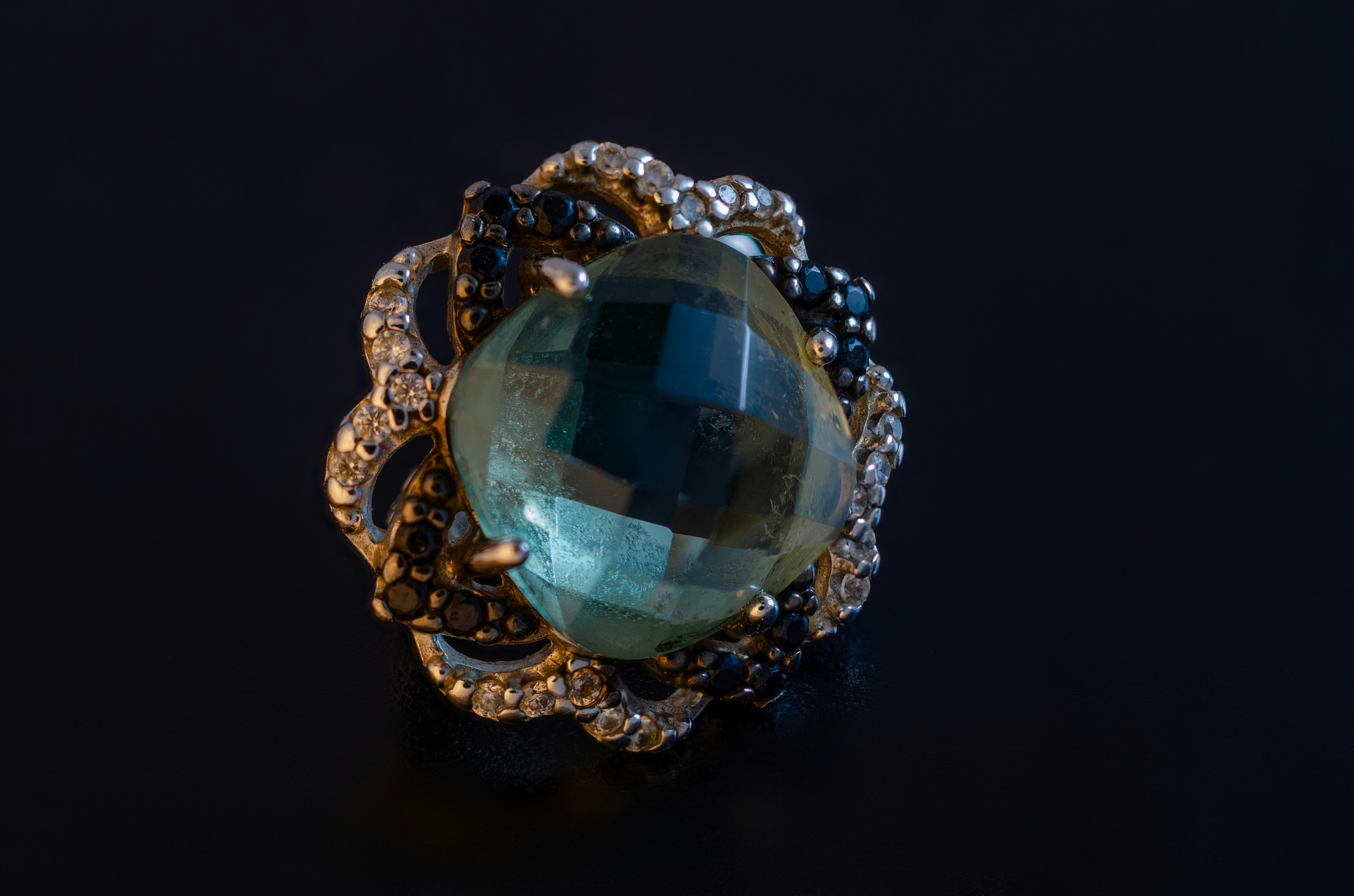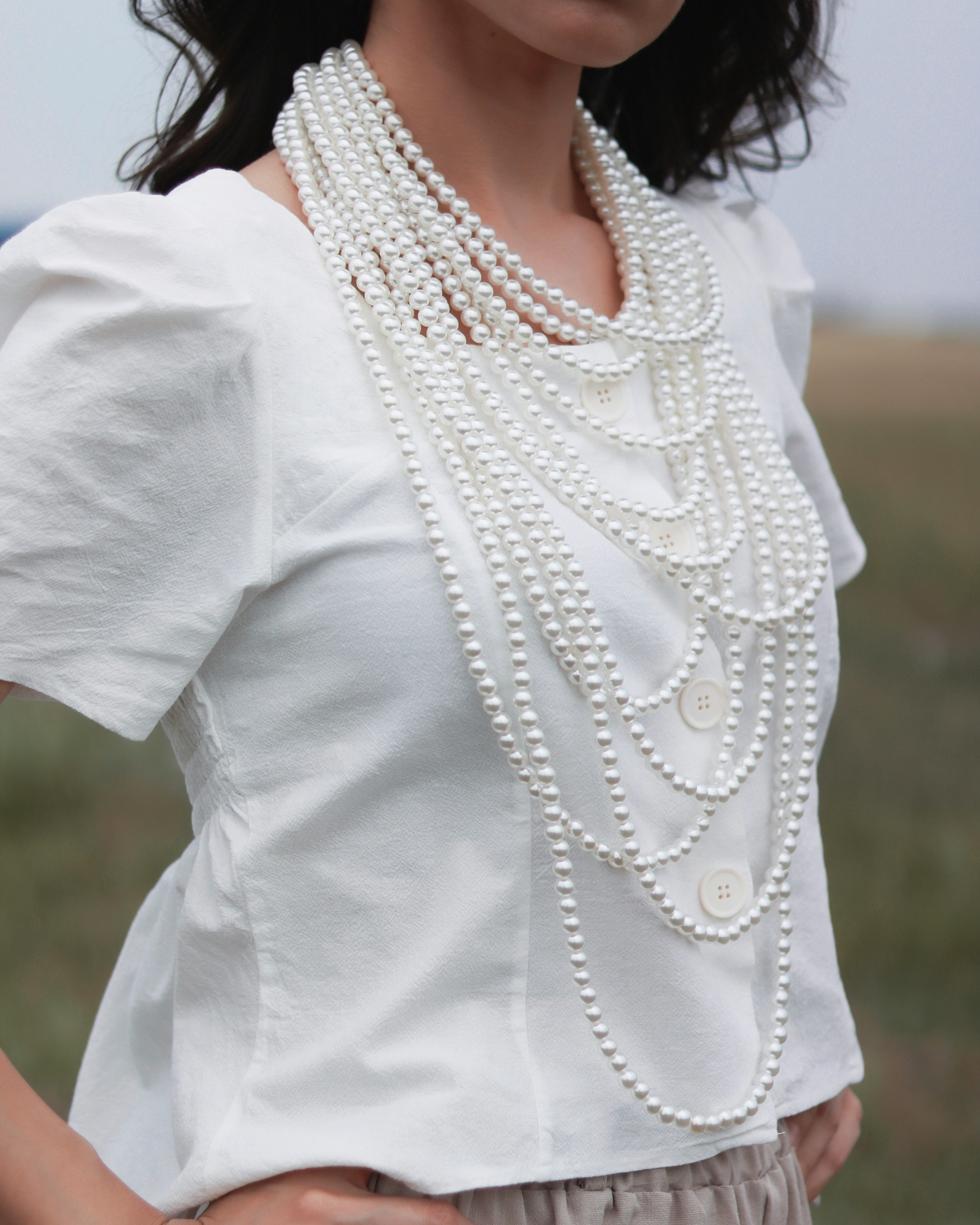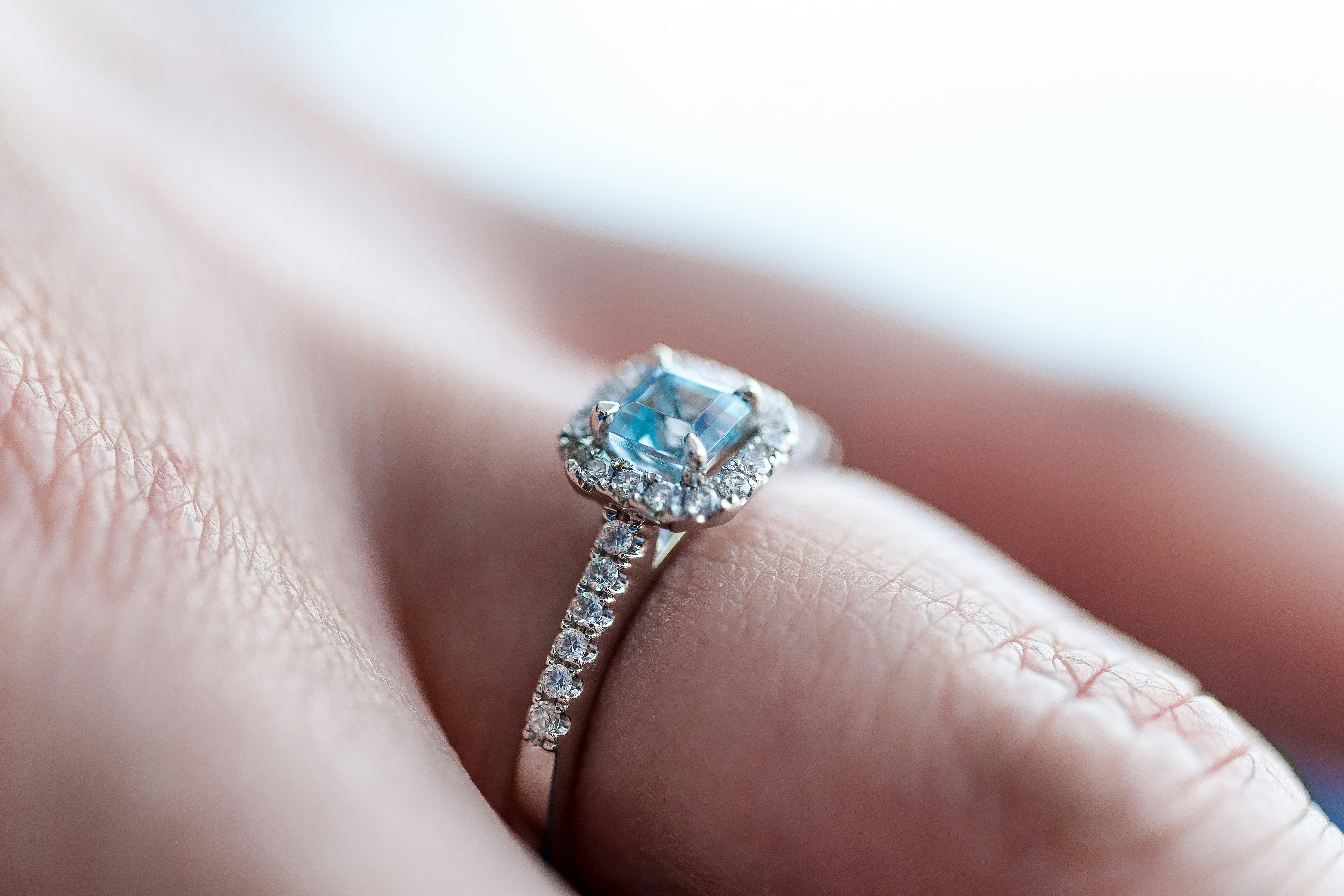Understanding Art Nouveau Jewelry
Alexander Kellerson

Introduction to Art Nouveau Jewelry
Art Nouveau jewelry, a popular design movement from the late 19th to early 20th century, is known for its intricate craftsmanship and nature-inspired motifs. This artistic style emerged as a reaction against the industrial revolution's mass-produced goods, embracing instead the beauty of handmade artistry. Art Nouveau jewelry captures the essence of organic forms, including flowers, plants, and flowing lines, creating pieces that are both timeless and elegant.
Understanding the allure of Art Nouveau jewelry requires an appreciation for its historical significance and unique design elements. Collectors and enthusiasts admire these pieces for their delicate beauty and the skill required to create them. Whether you are a seasoned collector or a newcomer to the world of antique jewelry, learning about Art Nouveau jewelry can enhance your appreciation for these exquisite works of art.
The Historical Context of Art Nouveau
Art Nouveau, which means 'New Art' in French, emerged in the late 19th century as a response to the rigid academic art and design standards of the time. This movement, which lasted until the outbreak of World War I, sought to break down the barriers between fine arts and applied arts. It was characterized by its emphasis on natural forms, intricate details, and flowing, curvilinear lines.
The rise of Art Nouveau coincided with a period of significant social and technological change. As industrialization transformed cities and societies, there was a growing desire for art and design that celebrated nature and craftsmanship. Art Nouveau jewelry became a way for designers to express these ideals, creating wearable art that was both beautiful and meaningful.
Characteristics of Art Nouveau Jewelry
Art Nouveau jewelry is distinguished by its emphasis on organic shapes and natural motifs. Common themes include flowers, leaves, insects, and mythical creatures, all rendered in sinuous, flowing lines. These designs often incorporate asymmetry and a sense of movement, creating pieces that feel alive and dynamic.
Materials used in Art Nouveau jewelry were chosen for their beauty and symbolic meaning. Enamel, gemstones, and precious metals were often combined in intricate settings that showcased the designer's skill. Techniques such as plique-à-jour enamel, which creates a stained-glass effect, were popular for their ability to add color and light to the designs.
Prominent Art Nouveau Jewelry Designers
Several designers stand out as key figures in the Art Nouveau jewelry movement. René Lalique is perhaps the most famous, known for his innovative use of materials and his ability to capture the beauty of nature in his designs. His work often featured intricate enamel work, semi-precious stones, and motifs inspired by flora and fauna.
Other notable designers include Georges Fouquet, whose collaborations with artists like Alphonse Mucha resulted in some of the most iconic Art Nouveau pieces, and Louis Comfort Tiffany, whose jewelry reflected his fascination with color and light. These designers and others helped to define the Art Nouveau style, leaving a lasting legacy in the world of jewelry design.
Materials and Techniques Used in Art Nouveau Jewelry
Art Nouveau jewelry makers employed a variety of materials and techniques to achieve their distinctive look. Enamel was a favorite medium, used to add vibrant color and intricate detail to pieces. Techniques such as cloisonné and plique-à-jour allowed artists to create complex, colorful designs that mimicked the beauty of stained glass.
Gemstones were also prominently featured in Art Nouveau jewelry. Designers often chose stones for their color and symbolic meaning rather than their intrinsic value. Opals, moonstones, and peridots were popular choices, adding a mystical, ethereal quality to the jewelry. Precious metals like gold and silver were crafted into flowing, organic shapes that complemented the natural motifs.
Collecting and Caring for Art Nouveau Jewelry
Collecting Art Nouveau jewelry can be a rewarding experience for those who appreciate its beauty and historical significance. When starting a collection, it's important to research and authenticate pieces to ensure their provenance and quality. Many Art Nouveau pieces are highly sought after, making them valuable additions to any collection.
Caring for Art Nouveau jewelry requires special attention due to the delicate materials and intricate designs. It's advisable to store these pieces in a safe, dry place and to handle them with care. Regular cleaning by a professional jeweler can help maintain their beauty and longevity, allowing future generations to enjoy these exquisite works of art.
The Legacy of Art Nouveau in Modern Jewelry
The influence of Art Nouveau can still be seen in contemporary jewelry design. Modern jewelers often draw inspiration from the movement's emphasis on nature, craftsmanship, and artistic expression. The flowing lines and organic shapes that characterized Art Nouveau continue to inspire designers today, resulting in pieces that blend tradition with innovation.
Art Nouveau's legacy also lives on through the continued appreciation and collection of antique pieces. Museums and private collectors alike treasure these works for their historical significance and artistic beauty. By understanding and preserving Art Nouveau jewelry, we can ensure that this unique and beautiful art form continues to be celebrated for generations to come.





